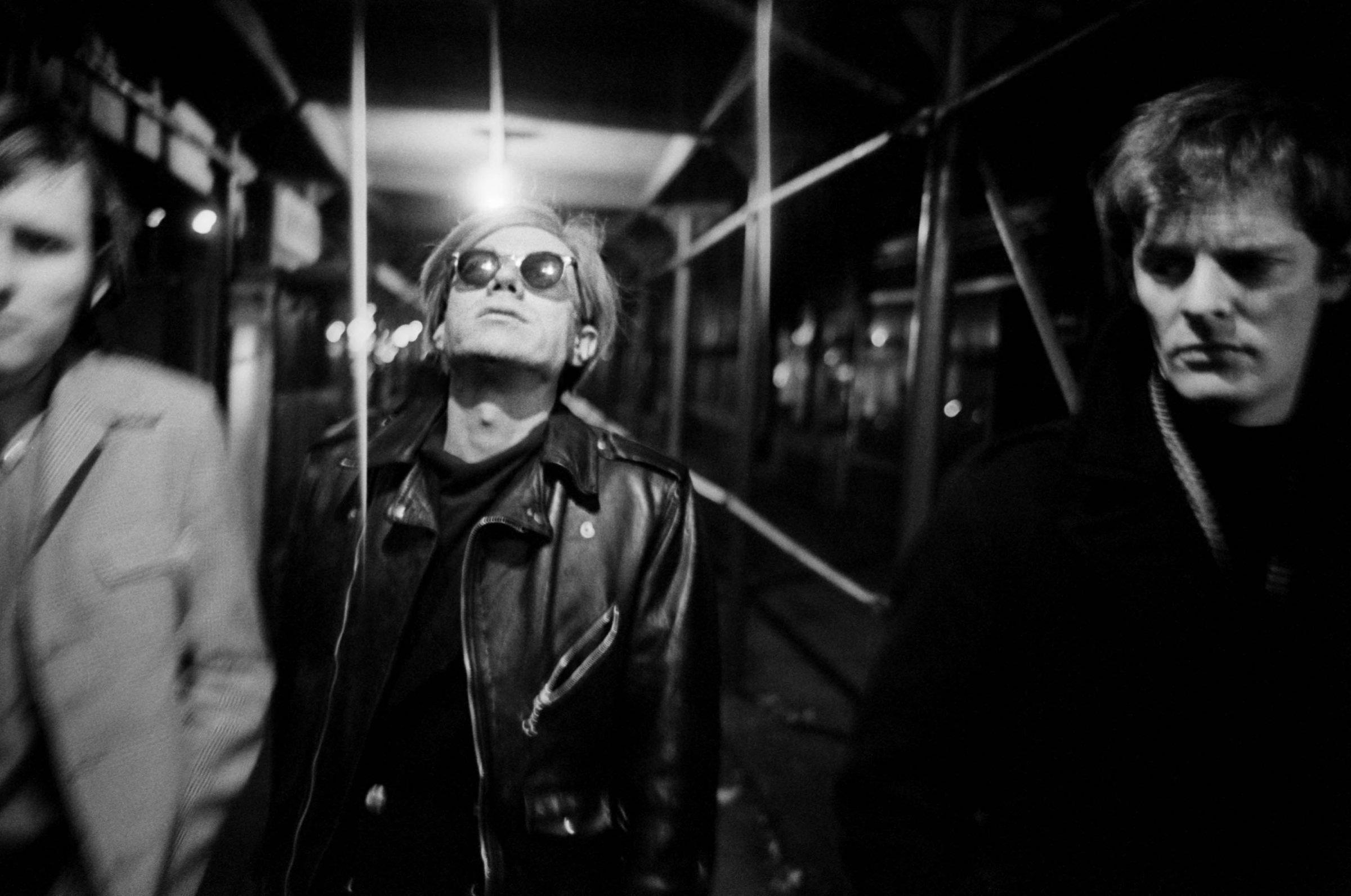
In 1965, Stephen Shore was 18, and living the dream of every artist-in-the-making at that particular moment – he was the defacto photographer of Andy Warhol’s factory.
Just four years earlier, the brassy teenager made a personal phone call to Edward Steichen, then the curator of the Museum of Modern Art, to request a meeting. Steichen accepted the request, and acquired three of Shore’s images for the museum’s collection. The following year, Steichen’s successor John Szarkowski purchased two more of the young photographer’s prints, placing Shore in a small circle of New York City artists on the brink of being the next big thing, which made him a natural in Warhol’s world.
In Stephen Shore: Survey, a new book published by Aperture and Fundacion MAPRE, his work from the Factory stands out for its starkness. Basked in unassuming black-and-white, the people Shore highlighted in his photographs outshone the neon-pop-art Warhol was known for. All striped shirts, straight-leg jeans and shaggy haircuts, larger-than-life personalities such as Lou Reed and Edie Sedgwick became refreshingly accessible in Shore’s photos. His images were so shockingly mundane they demystified the mythology that was (and still is) in orbit around the Factory. That same deadpan visual delivery would reveal itself in Shore’s later work, amplified by Kodachrome’s colors.
In the years that followed the Factory, Shore revolutionized photography with his colleagues with color, an aesthetic shift that mirrored Warhol’s fascination with industrial/mechanical processes and the serial reproduction of images. Color photography, at that time, was a commercial process, meant for advertising and other non-art purposes, but Shore used it in a way that exposed its artistic potential, much like Warhol did for silkscreen printing.
In 1995, Shore published The Velvet Years, a book on his time at the Factory, and in it, wrote that while he was confident in his abilities as a photographer when he first encountered Warhol, watching the iconic artist at work was pivotal in how he came to see himself as an artist, and helped shape the way he thought about his own work.
“I think I was still very naive,” Shore reminisced. “I saw Andy making aesthetic decisions; it wasn’t anything he ever said to me. I saw these decisions happening over and over again. It awakened my sense of aesthetic thought. I had to do more with the framework that the work was seen in. I think I learned by observing, not observing him in order to learn, just by being exposed to the decisions and the actions he was making. By the end of my stay at the Factory, I found that just my contact with, and observation of Andy led me to think differently about my function as an artist. I became more aware of what I was doing.”
Stephen Shore is a photographer and director of the photography program at Bard College in New York. His work has been exhibited at the Museum of Modern Art, the Metropolitan Museum of Art, George Eastman House, the Hammer Museum and the Art Institute of Chicago, among many others. His latest book will be published by Aperture in October, 2014. An exhibition of his most recent work from Ukraine and Israel is on display at the 303 gallery through Nov. 1, 2014.
Aperture and Fundacion MAPFRE have published Stephen Shore: Survey to coincide with the photographer’s first-ever retrospective exhibition. It includes more than 250 images produced between 1969 and 2013, spanning Shore’s impressive career.
Krystal Grow is a contributor to TIME LightBox. Follow her on Twitter and Instagram @kgreyscale

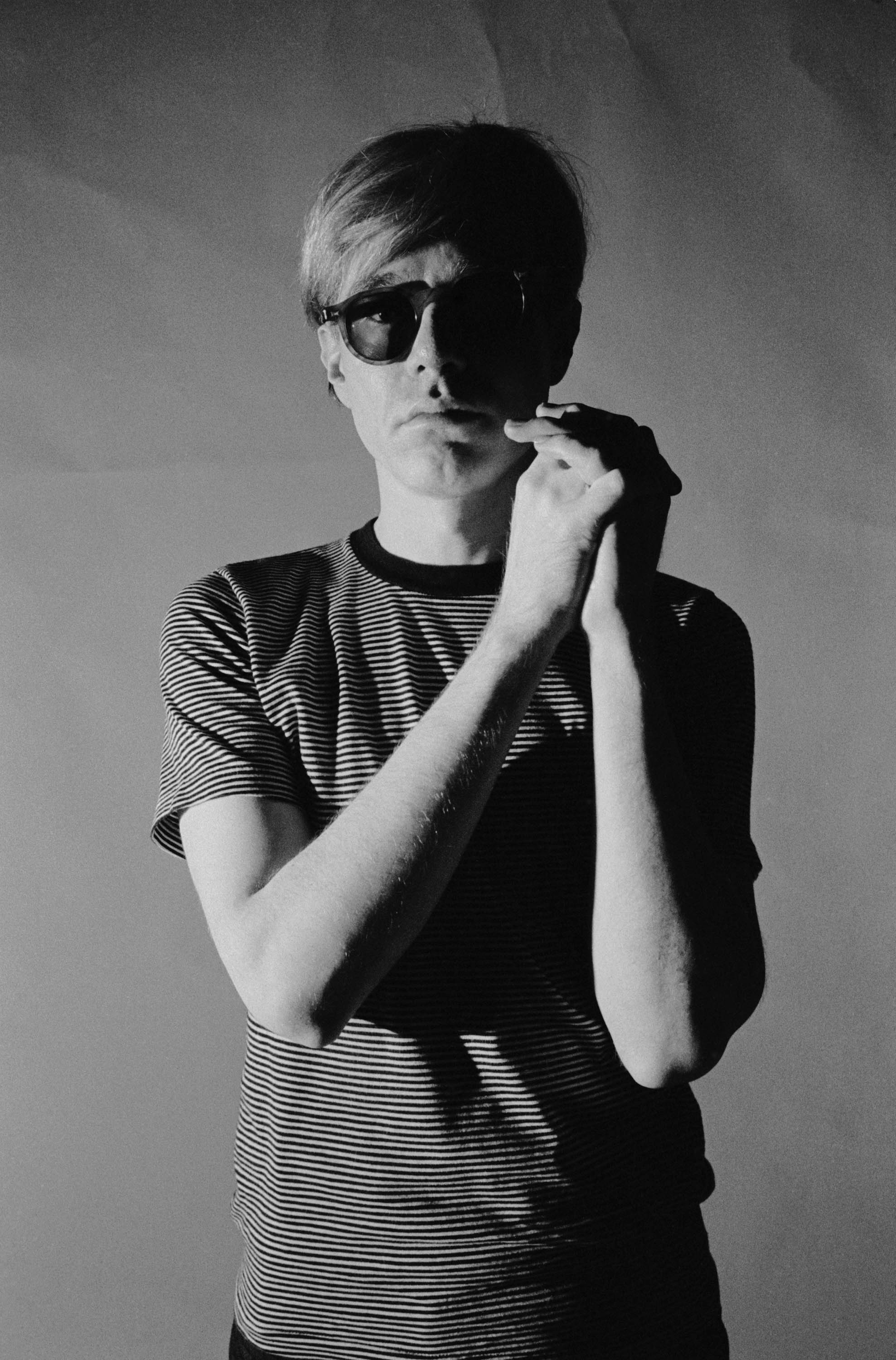
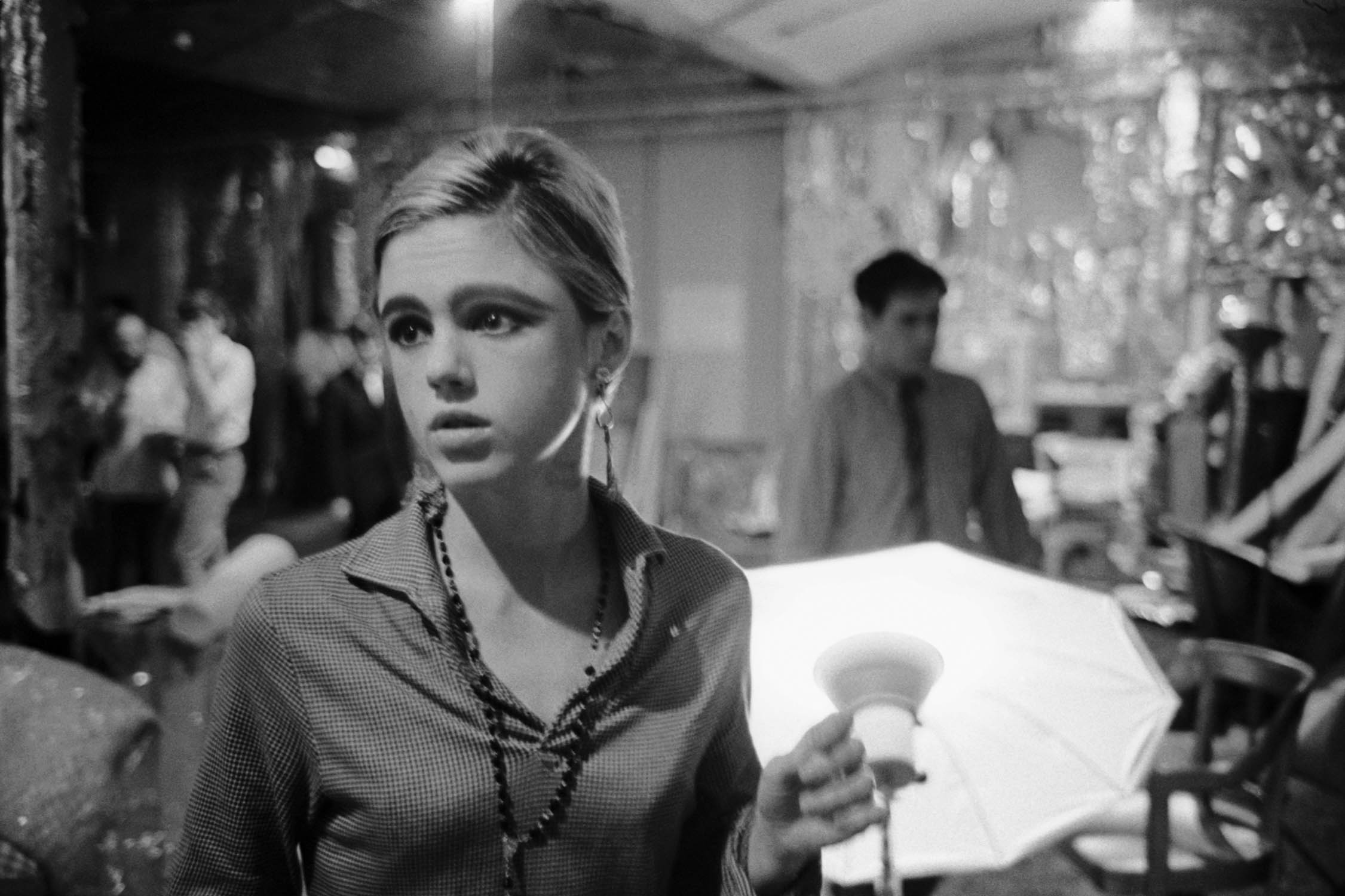
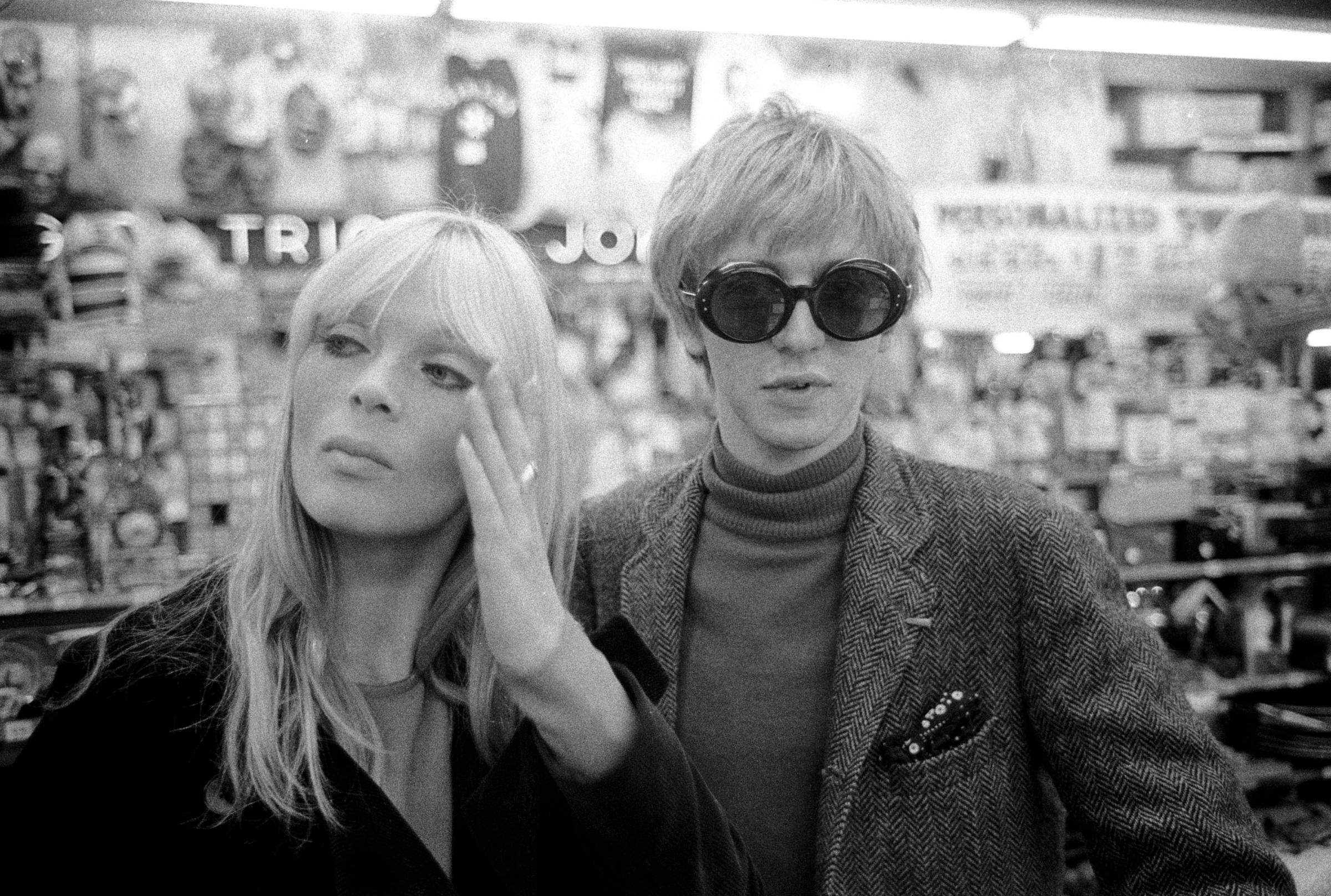

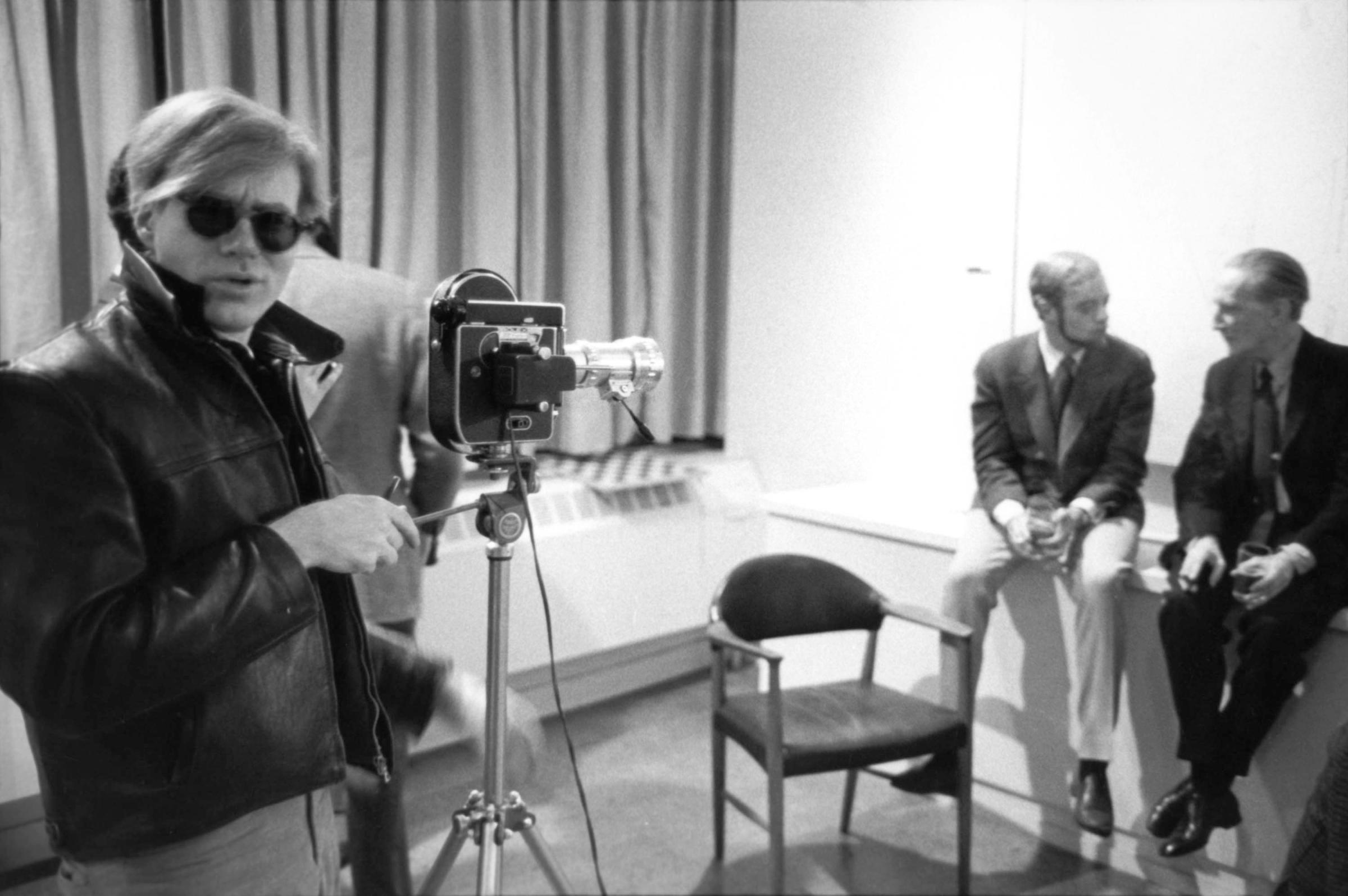
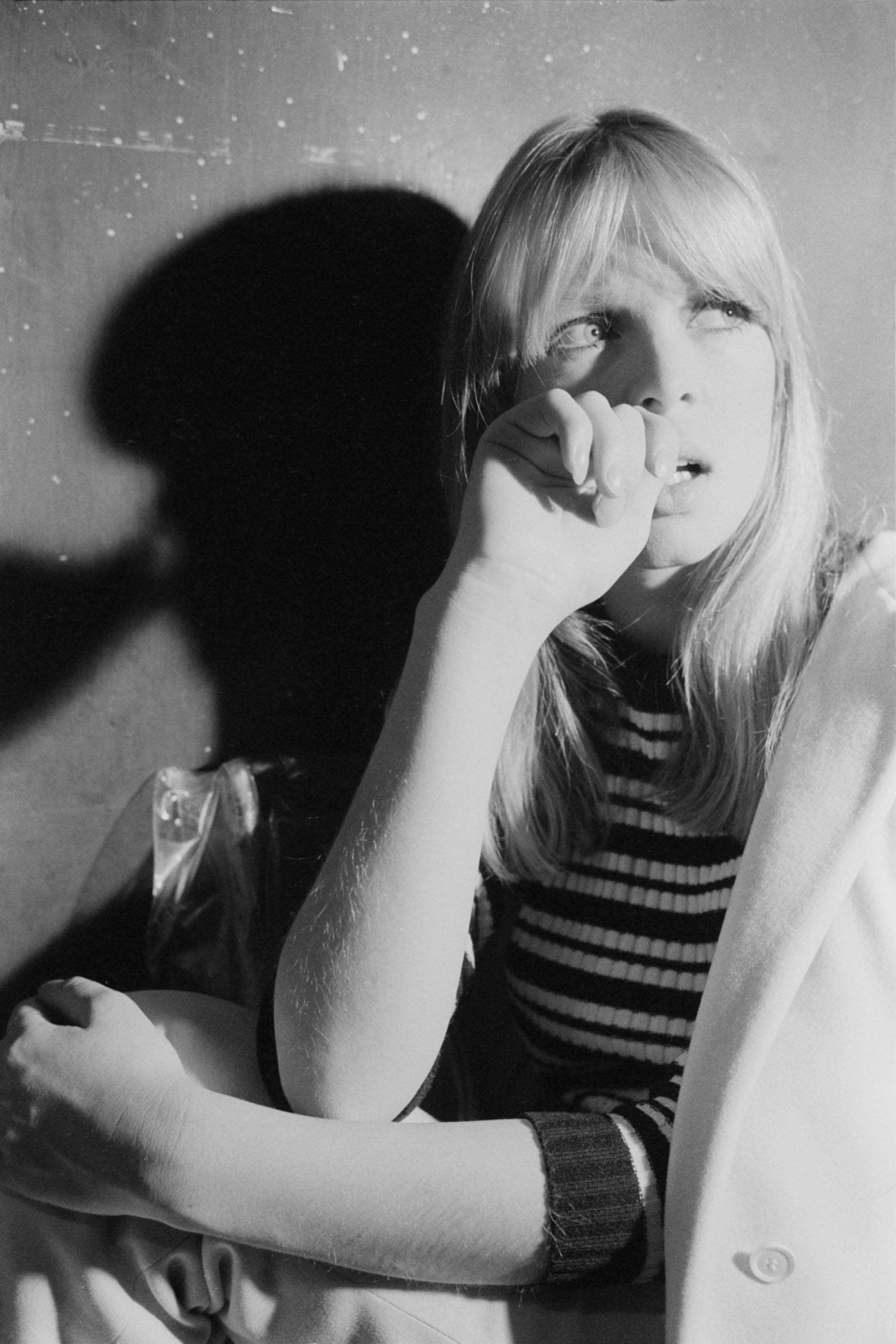
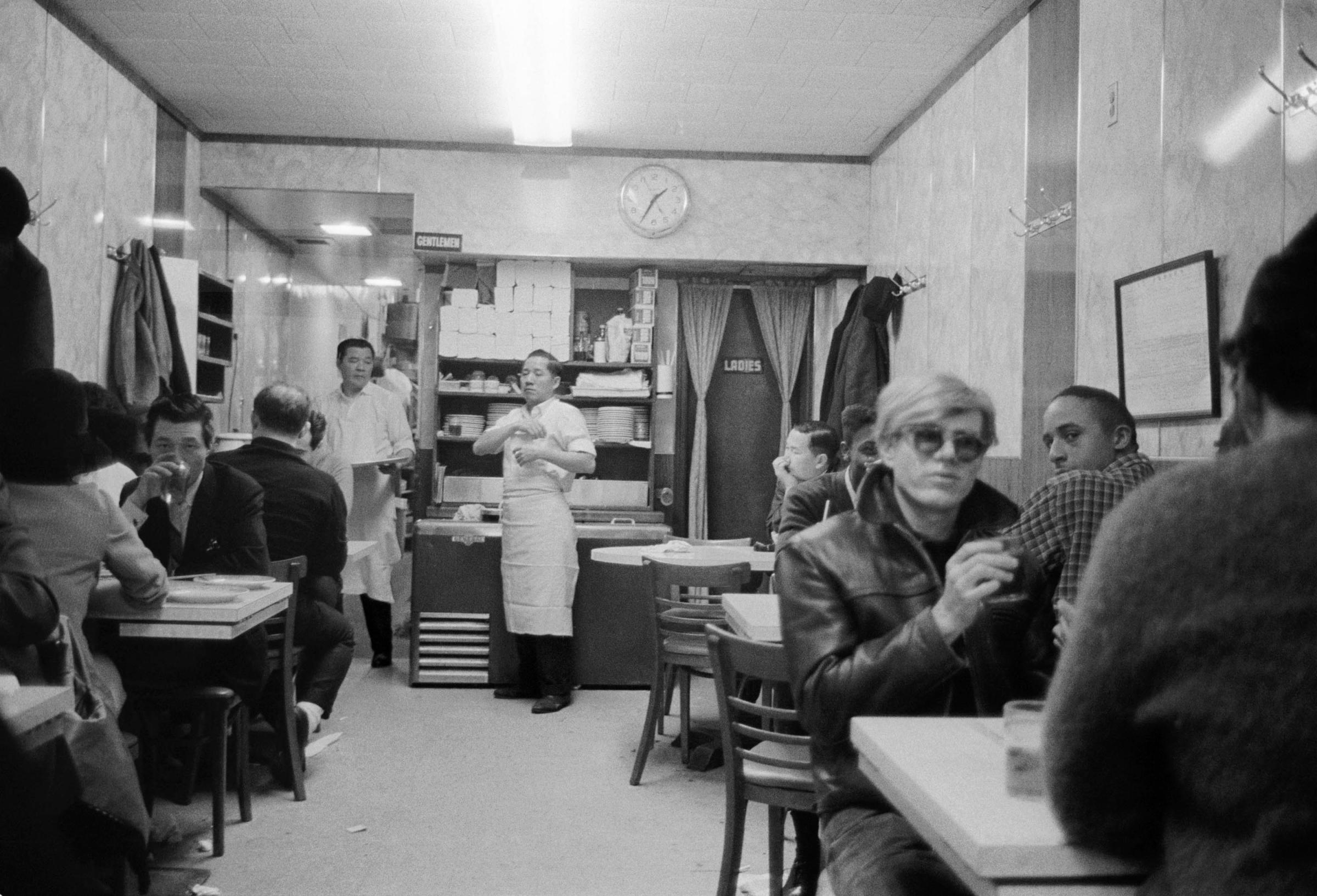
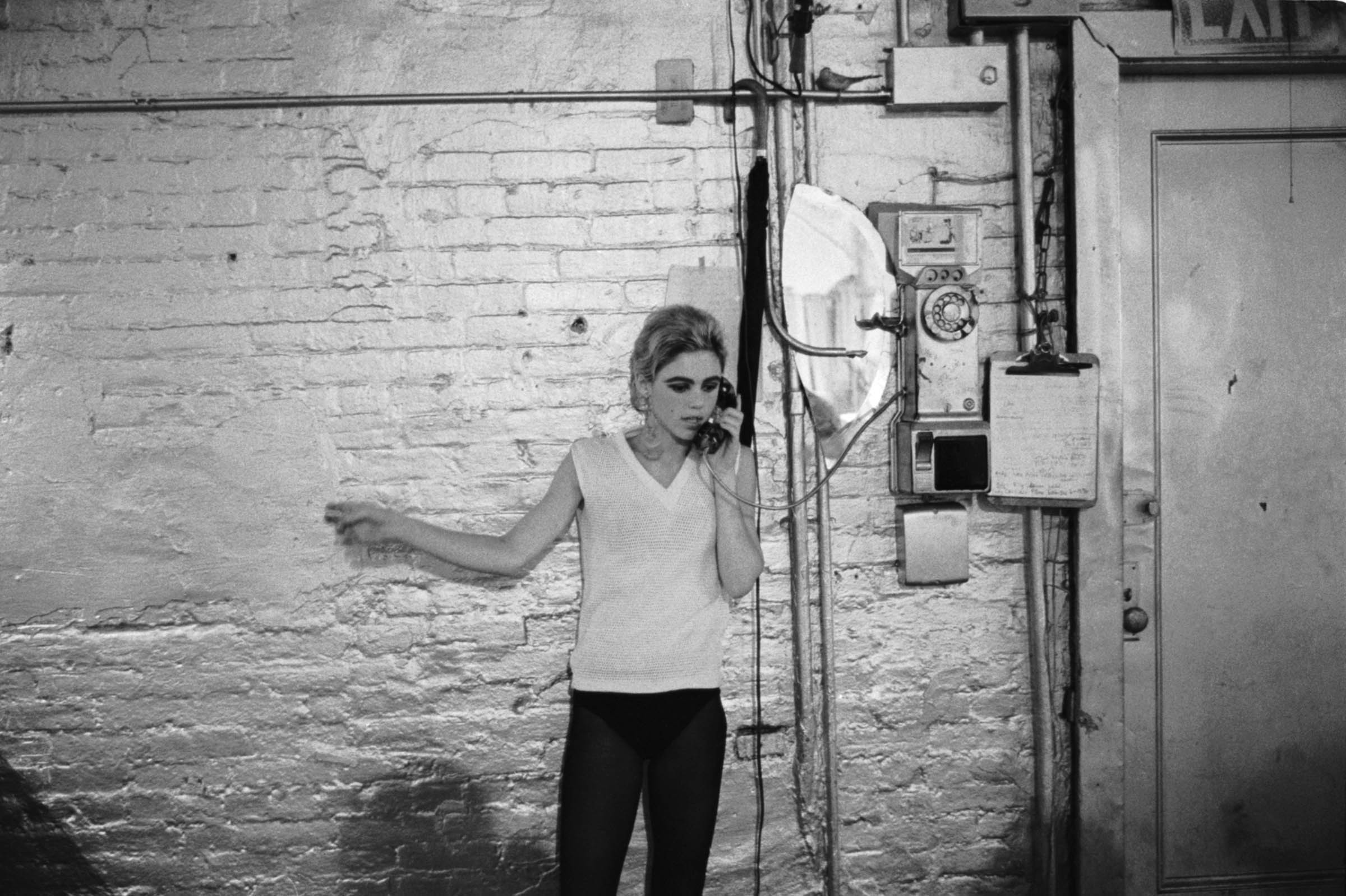
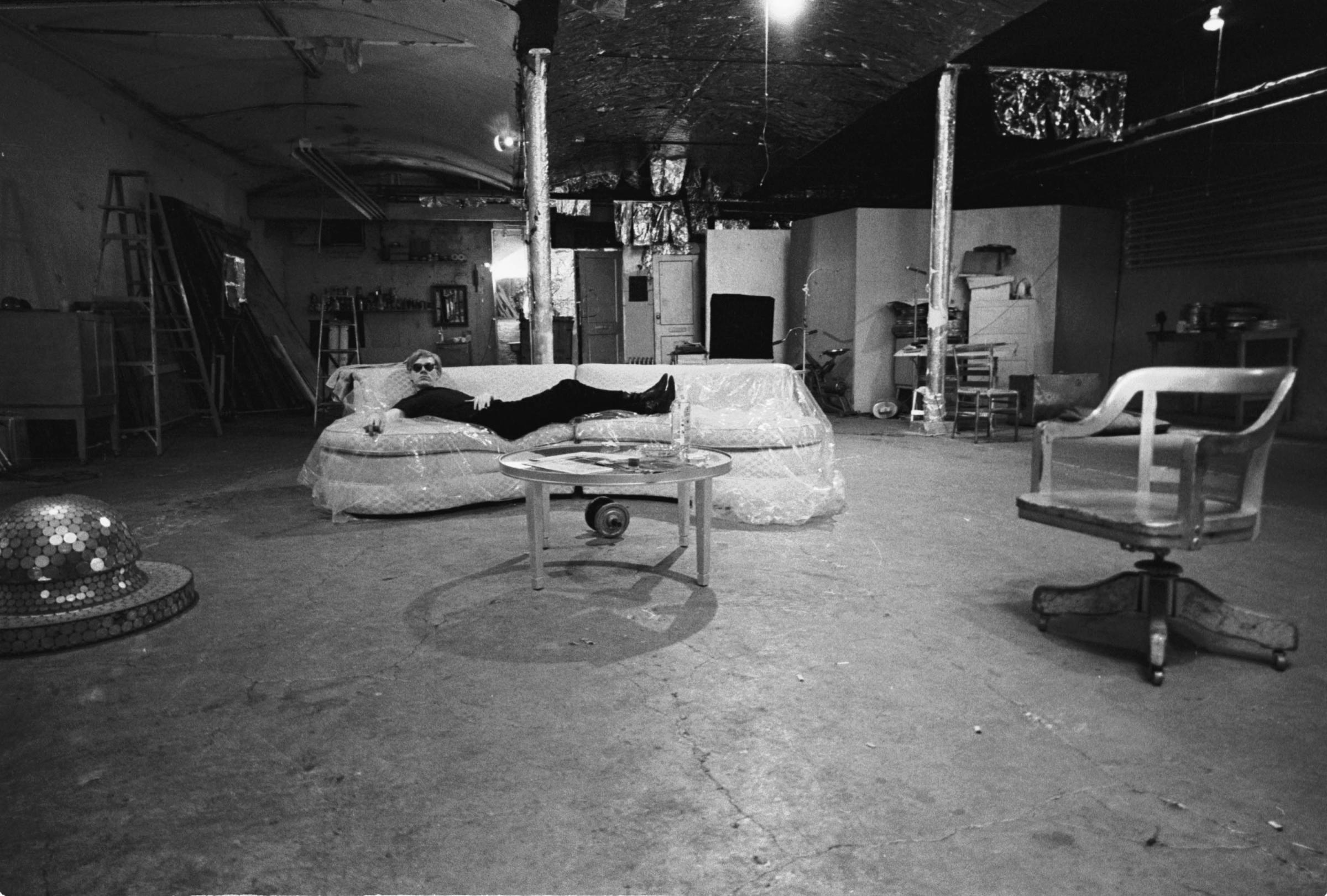
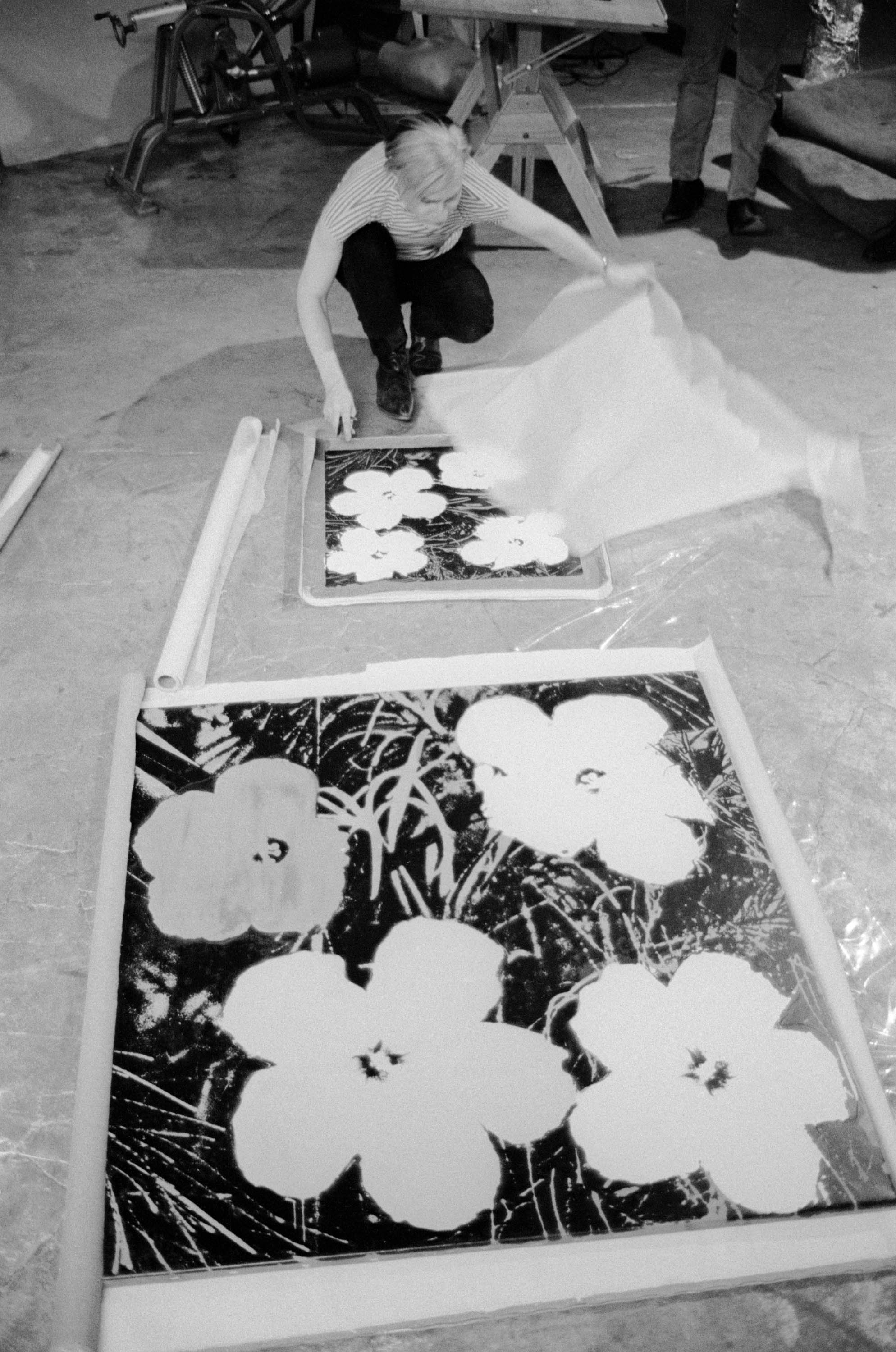
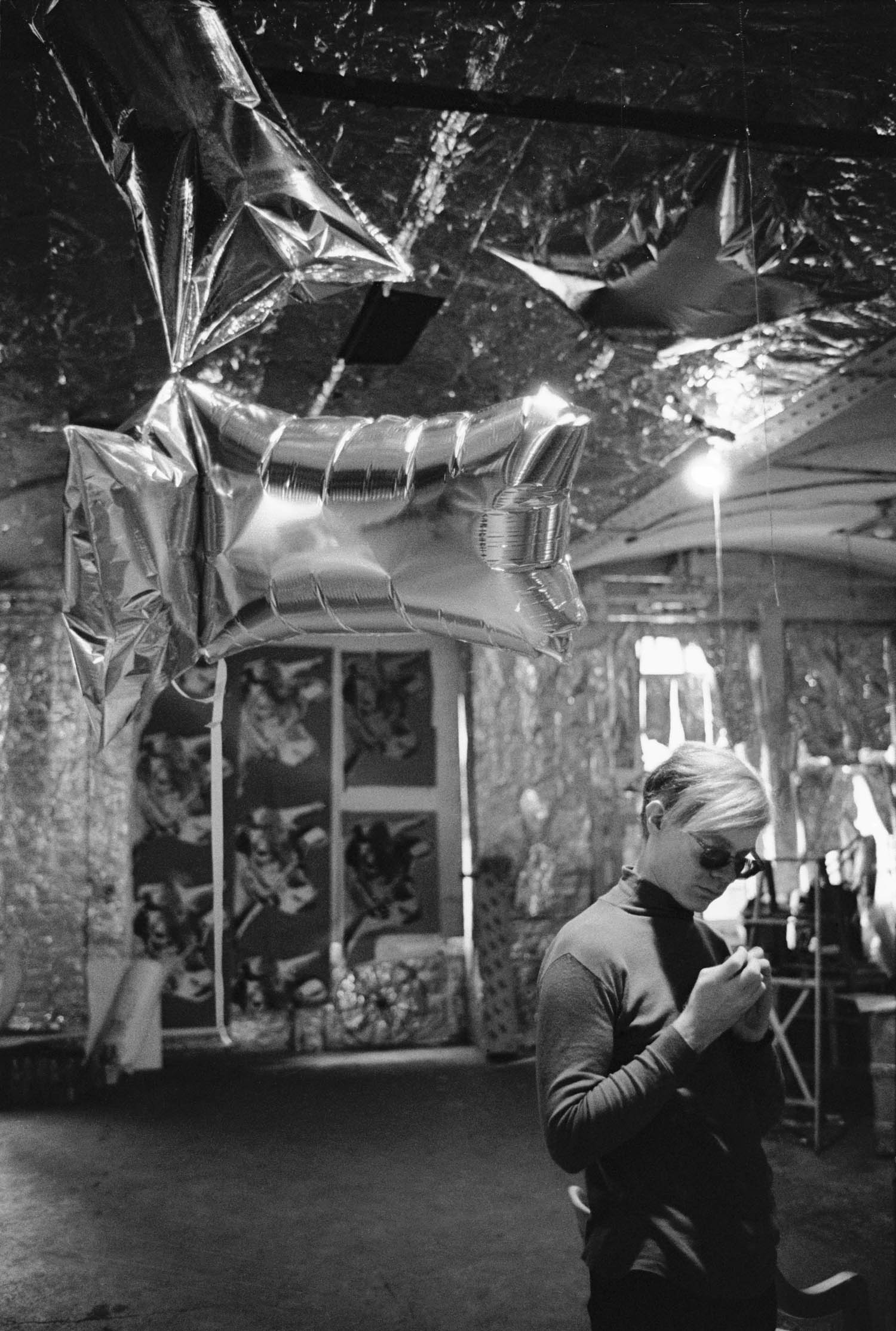
More Must-Reads from TIME
- Cybersecurity Experts Are Sounding the Alarm on DOGE
- Meet the 2025 Women of the Year
- The Harsh Truth About Disability Inclusion
- Why Do More Young Adults Have Cancer?
- Colman Domingo Leads With Radical Love
- How to Get Better at Doing Things Alone
- Michelle Zauner Stares Down the Darkness
Contact us at letters@time.com